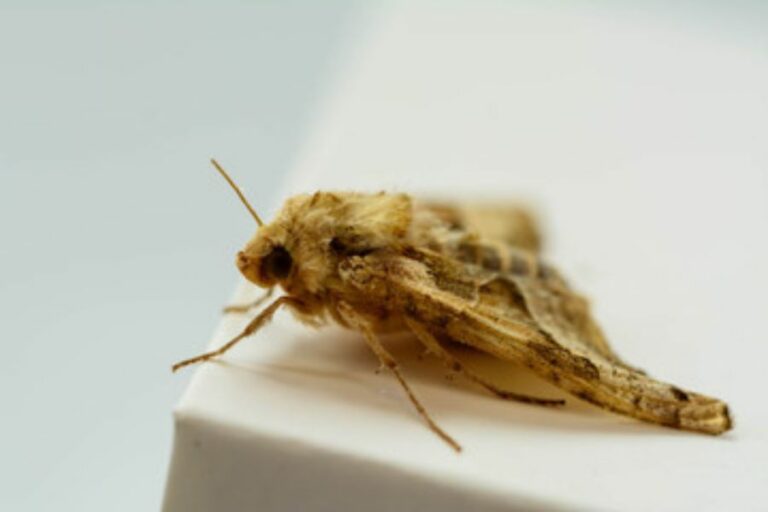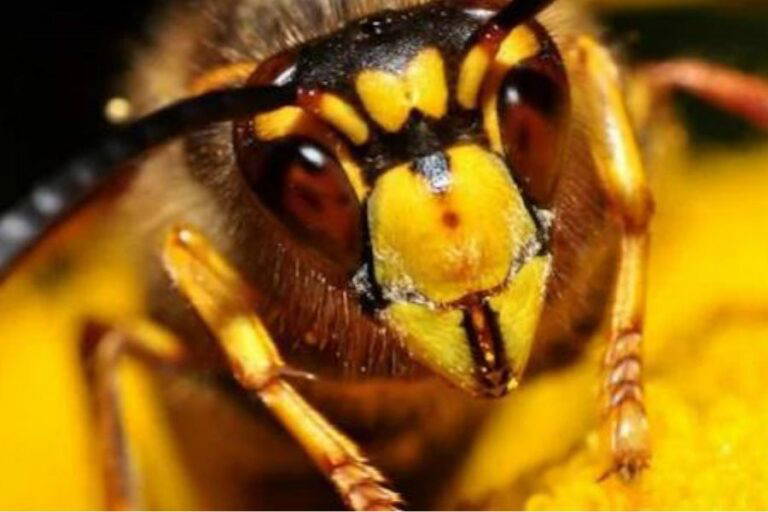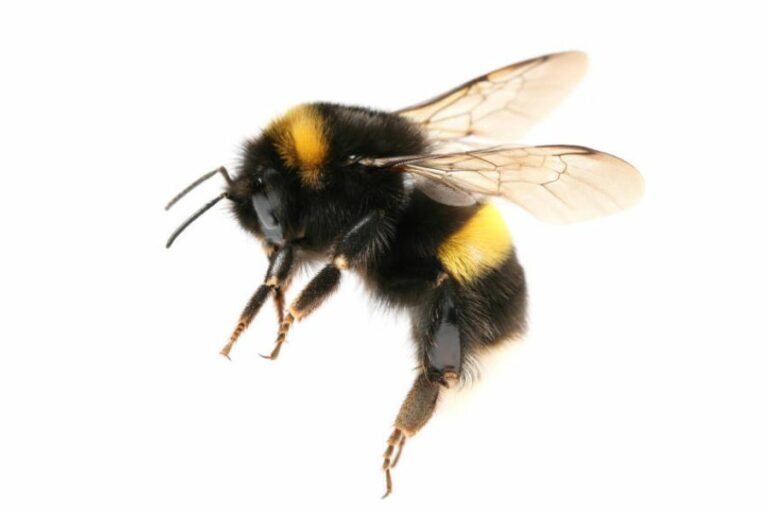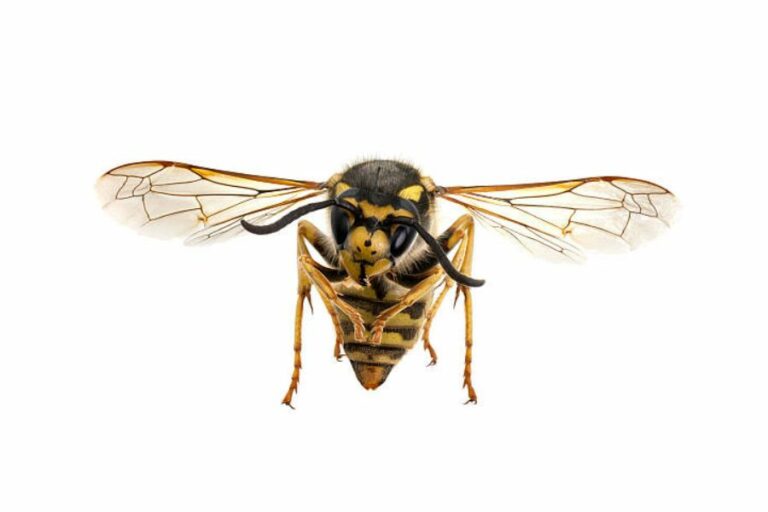Fox Infestations and Control Methods

Welcome to our comprehensive guide on foxes, their status as pests, and the problems they can cause. Whether you’re a homeowner, gardener, or farmer, understanding the signs of a fox infestation and knowing how to manage it effectively is crucial. In this blog, we’ll address a range of questions related to foxes, from identifying infestations and getting rid of them to protecting your property and small pets. So, let’s dive into the world of fox control and explore the most effective strategies at your disposal.
Are foxes considered pests, and what problems do they cause?
Yes, foxes are considered pests due to the problems they cause. They can dig holes, damage property, and threaten small pets. Foxes are known to raid chicken coops, resulting in the loss of poultry. Additionally, they can wreak havoc in gardens by digging and destroying plants. These behaviours make foxes a nuisance and a source of frustration for property owners.
What are the signs of a fox infestation on my property?
Several signs can indicate a fox infestation on your property. These signs include:
- Tracks: Foxes have distinct tracks with four toes and claw marks. Their footprints resemble small dog prints, typically measuring 2 to 3 inches long.
- Droppings: Fox droppings, also known as scat, are usually elongated and tubular, similar in appearance to dog faeces. They often contain fur, bone fragments, or undigested food.
- Odour: Foxes have a distinct musky scent, which can be noticeable, especially if they have established dens or marked their territory.
- Digging and Burrows: Foxes are skilled diggers and may create burrows or dens on your property. Look for signs of freshly dug soil or disturbed areas, particularly near hedges, under sheds, or banks.
- Damage to Garden or Property: Foxes can cause damage to gardens by digging up lawns, flowerbeds, or vegetable patches in search of food. They may also destroy plants or damage fences to enter or exit your property.
- Missing or Injured Small Pets: If you have small pets, such as rabbits, guinea pigs, or outdoor cats, and they go missing or show signs of injury, it could indicate fox activity.
Observing one or more of these signs on your property suggests the presence of foxes. If you suspect a fox infestation, taking appropriate measures for its control and removal is advisable.

How do I get rid of foxes?
To effectively eliminate foxes, seeking professional pest control services is crucial. Attempting to handle fox removal alone can be risky and lead to ineffective results or legal complications. Professional pest control experts have the knowledge, experience, and necessary permits to safely and responsibly address fox infestations. Contacting a licensed pest control service ensures that the foxes are handled appropriately and in compliance with local regulations, minimising potential harm and maximising the effectiveness of the removal process.
What are some professional methods used to manage fox infestations?
Professional pest control services employ various methods to manage fox infestations effectively. Here are some commonly used professional methods:
Trapping and Relocation: Humane traps are set up to capture foxes, and once trapped, they are safely relocated to suitable habitats away from human-populated areas.
Exclusion Measures: Professionals may employ techniques such as installing fences or barriers to prevent foxes from entering specific areas or properties.
Are foxes dangerous?
Foxes are generally not considered dangerous to humans. They are small to medium-sized carnivores and tend to avoid interactions with people. However, like wild animals, they can become aggressive if threatened or cornered. Remembering that foxes are wild animals and should be treated as such is essential.
In rare cases, there have been reports of foxes attacking humans, usually when the animal is sick, injured, or protecting its young. However, such incidents are incredibly uncommon. Foxes are more likely to flee from humans and seek shelter in their dens or other hiding places.
If you encounter a fox, it’s best to keep a safe distance and observe it from afar. Avoid feeding or approaching foxes, as this can habituate them to human presence and lead to problematic behaviour. It’s important to teach children to respect wildlife and understand the potential risks associated with wild animals.
If you have concerns about a fox on your property or encounter an unusually aggressive fox, it’s advisable to contact local animal control or wildlife authorities for guidance and assistance.





